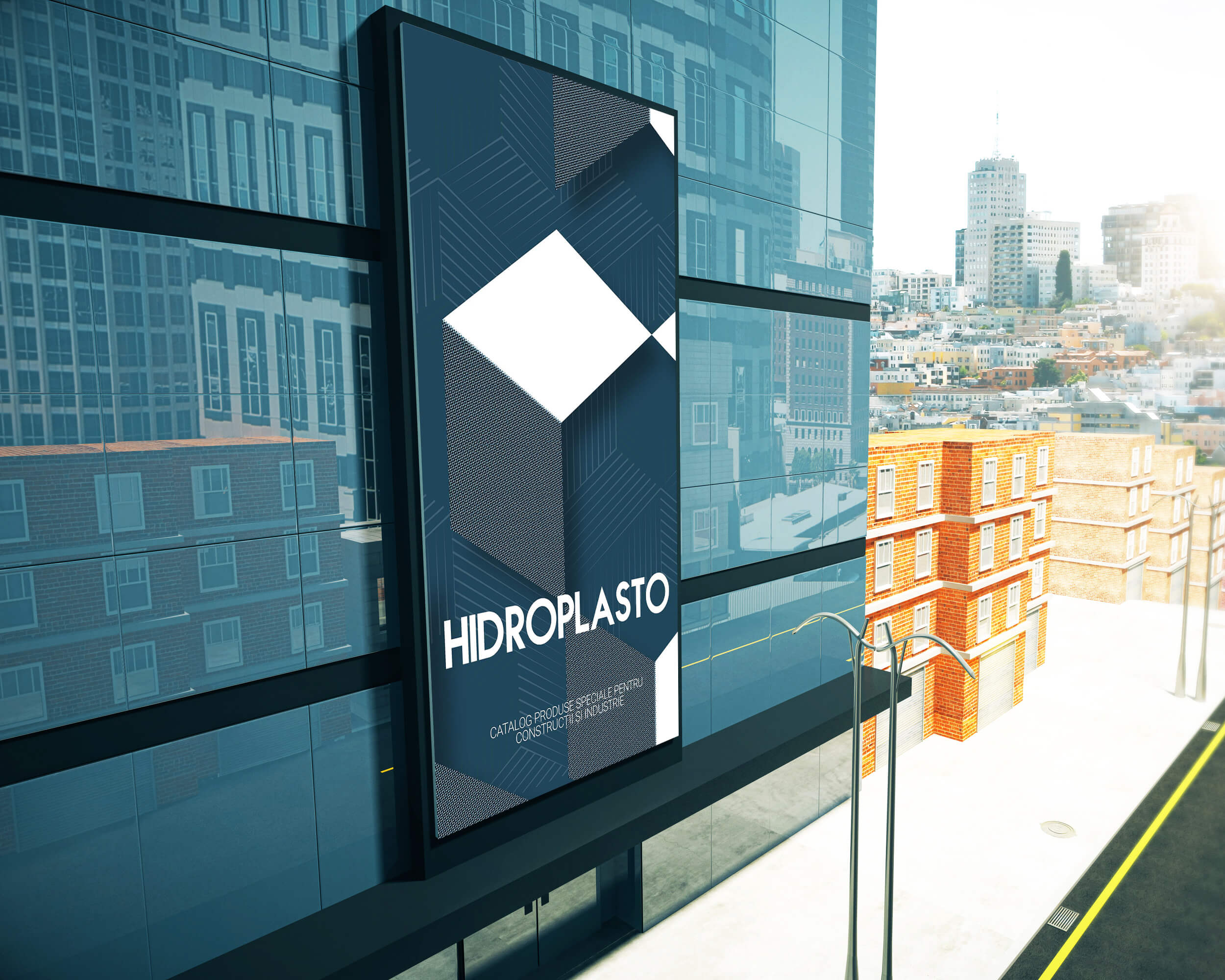
The irreproachable operation of the supports is ensured by the correct technical installation. Load capacity can be minimized if the following instructions are not followed.
The support surface must have a suitable compression force. Ensure a suitable lateral tension force (N15 / N20).
The support should be placed in the area of the corresponding static reinforcement in the concrete of the adjacent components. The edges of the supports should not be deformed in similar systematic deformations (expansion due to linear compression, displacement, torsion). The surface on which the support is mounted must be dry as a support.
If anti-skidding stability is not ensured, appropriate construction measures will be taken. Do not use glue for fastening. The supports should not be dirty for grease or similar materials.
When used in freshly cast concrete, the surrounding area must be filled with a suitable soft material (eg foam) to be attached to the adhesive tape.
Additional instructions for NEG, B1EG
Normally, the elastomeric sliding bearings will be matched to the sliding plate above (continuous hard surface). Pay attention to the deviations of the designer.
Additional instruction SD-embossed support
By using prefabricated elements, the lower joint below the substrate must be filled with soft material immediately after fitting. When used in cast concrete, the surface of the SD striped support must be protected with a solid material (eg cardboard)




